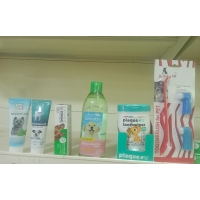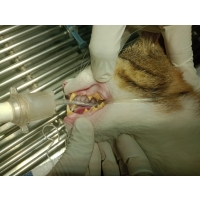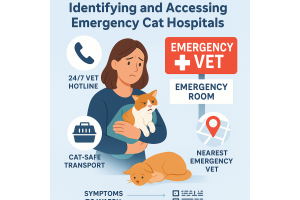Dental Health in Pets - By Dr. Vimali Gracy, Clinical Veterinarian, Electronic city branch
Signs that a pet has a dental problem
- Excessive drooling
- Bad breath
- Red / inflamed / bleeding gums
- Broken tooth
- Difficulty in Chewing /eating leading to weight loss
- Pawing / constantly rubbing at the mouth
- Rough / unkempt coat formed due to not able to properly groom themselves
How to do the dental Care?
- Start dental care routine early, when the puppy is still young
- Using pet friendly tooth paste and brush (a finger brush to start with) daily or once in 2 days
- Brushing gently, approaching from the backside of the mouth starting from the Molars to Pre Molars, Canines and the Incisors
- By using Dental Wipes, Plaque Gel
- Oral water additives / Plaque sprays
- Medicated Dental Chews and dental Chew Toys
- Monitor your pet’s Mouth regularly for any abnormalities
- Good balance diet that supports dental health
Frequently asked questions include:
- Is anesthesia safe for my pet?
A Good pre anesthetic diagnostics- like blood work, Xrays +/- Ultrasound (depending on the age / condition of the pet) is performed to ensure your pet undergoes anesthesia safely.
- How frequently should my pet undergo the Dental Scaling?
This depends on your pet feeding habits and the oral hygiene followed, usually once or twice a year is recommended.
- Will my pet be in lot of pain?
Well, not really. You will have to apply an Oral Gel just to reduce the sensitivity post the scaling.
Schedule a dental checkup for your pet today to give a ‘pearly white tooth’.









